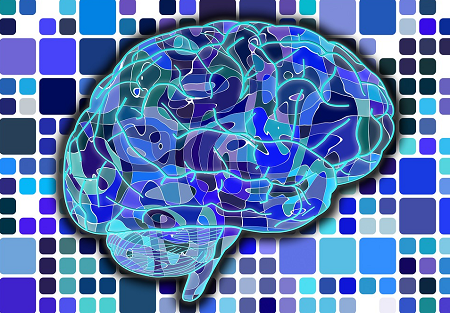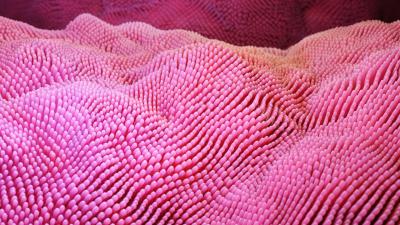3-D Printing Technology Brings Human Brain Modeling Closer to Reality

Creating a 3-dimensional (3-D) human brain model has been a great challenge given the immense architectural complexity of this organ. Previous attempts to create the layered structure of the brain using 3-D printing have failed to mimic this complex organization. Researchers from the University of Wollongong in Australia and the University of Texas at Dallas recently overcame this challenge to create a multilayered 3-D printed brain model using a modified natural polymer produced from bacteria called gellan gum as ink to build the scaffold. Similar to gelatin and agar in strength, gellan gum also has benefits over traditional hydrogels as scaffold biomaterial, including cost and efficiency. By incorporating protein building blocks or peptides into the gellan gum to stimulate cell survival as well as growth and differentiation, they were able to create a 3-D model of the brain that replicates its multilayer neural circuit formation, which was confirmed by advance microscopes. Unlike mini-brain organoids grown on a dish, this low cost and simple technique can be easily adopted by many laboratories to quickly produce 3-D brain models to further experimental studies. This model will not only help improve our understanding of normal neurophysiology and neurological disorders but also test drug toxicity to the brain.
References
- Lozano R, Stevens L, Thompson BC, et al. 3D printing of layered brain-like structures using peptide modified gellan gum substrates. Biomaterials. March 2016 DOI: 10.1016/j.biomaterials.2015.07.022. http://www.sciencedirect.com/science/article/pii/S0142961215006043. Accessed April 8, 2016.








